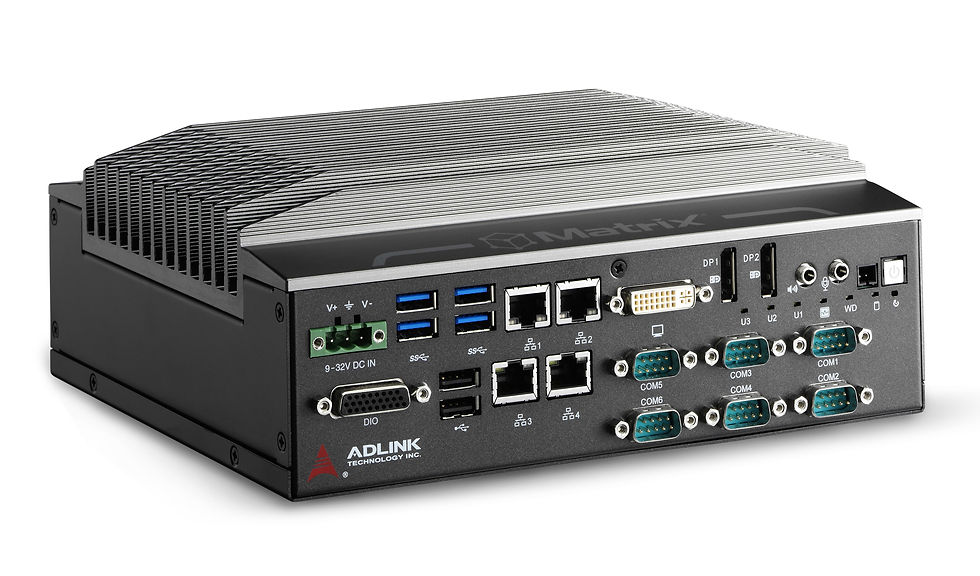How to Choose the Best Type of Core Wire
- joddiemarshall6
- Sep 22, 2022
- 3 min read
When choosing a core wire, you must know the type of wire used and how it can be characterized. Various types of wire are available, including Solid wire, Flux-cored wire, Gas-shielded flux-cored wire, and Multicore cable. Here is a basic explanation of each type.

Flux-Cored Wires
Flux-cored wires have many advantages. They offer a wide range of welding capabilities. They are also more affordable than solid wires. Flux-cored wires are used in more applications than ever before. They can save up to 28% in fabrication costs compared to solid wire.
Flux-cored wires have the added benefit of being more portable. They are easy to handle and don't require an external gas tank. They are an excellent choice for single-pass welding applications. In addition, they offer good deposition rates. The average flux-cored wire deposits four kilograms per hour in a flat position. This can improve productivity in single-pass welding applications by nearly 40%. The downsides of metal-cored wires include the fact that they are usually limited to a horizontal and flat position and require a pulsing power source.

Gas-shielded flux-cored wires were first introduced to the market around 1957. They have specially formulated core ingredients, which allow them to maximize certain areas of welding performance. For example, a flux-cored wire with a shielding gas of 100% carbon dioxide can create a smooth, spray-like transfer. Additionally, welding speed can double when the wire is positioned vertically.
Solid Wires
Solid wires are strands of metal covered with a thin coating of copper. They are commonly used for outdoor appliances. Solid wires are also available in flux core varieties, which are gas-shielded or self-shielded. Both types of wires have their advantages and disadvantages, and you should choose the type that best meets your application.
Solid wires are usually made of copper or stainless steel, and they conduct electrical currents very well. But they don't have the flexibility or resistance of stranded wires. They are also difficult to install without the help of an electrician. Unless you know what, you're doing, it is not recommended that you install solid wires yourself. Most electricians use solid wires for electrical installations because they are easier to work with, but you need a professional to install them properly.

Solid Core Wires are more expensive than stranded wires, but they do have a higher carrying capacity than stranded wires. This is because the size of solid wires is much greater than the size of stranded ones. This makes them more flexible, but they also tend to be more prone to flaws and damage from capillary action.
Gas-Shielded Flux-Cored Wires
The benefits of gas-shielded flux-cored wires are many, but there are myths associated with them. Some people think these wires will chip or produce slag, and others believe they are difficult to use. The truth is that there are many benefits of using gas-shielded flux-cored wire, but these myths often keep companies from considering this type of welding wire.
To get the most out of a flux-cored wire, it is necessary to follow a few safety procedures. One of these is to store it in a dry, clean area, away from moisture and contaminants. Both contaminants and moisture can cause damage to flux-cored wires and reduce the weld quality. When not in use, keep the wires in their original packaging, in a plastic bag.

Gas-shielded flux-cored wire uses a shielding gas to protect the weld. It has an edge over solid-cored wires because it is less prone to defects. These wires are also capable of welding thicker metals and depositing more weld metal than solid-wire GMAW wire.
Multicore Cable
A multicore cable is a cable that has many different conductors that are insulated from one another. The individual cores may be stranded or solid. Multicore cables may be designed for specific purposes, such as power transmission. Some multicore cables have 20 or more cores.
Multicore cables include a centre conductor and a Duo Gen conductor. They are then covered with an insulating layer and a fan-shaped insulating layer that surrounds each conductor. The outer sections of these cables are covered with a sheath or insulating material that makes them flexible.

Multicore cables are widely used in a variety of applications. They can combine power, A/V, and data signals into one cable. These cables are ideal for areas where space is at a premium and can't be wasted on multiple cables. They can also be made to withstand electromagnetic interference (EMI).
Multicore cables can also be made to be ultra-flexible, which is important for equipment that moves from one place to another. This flexibility is crucial for communication systems, as the cable can move without cuts or friction.



Comments